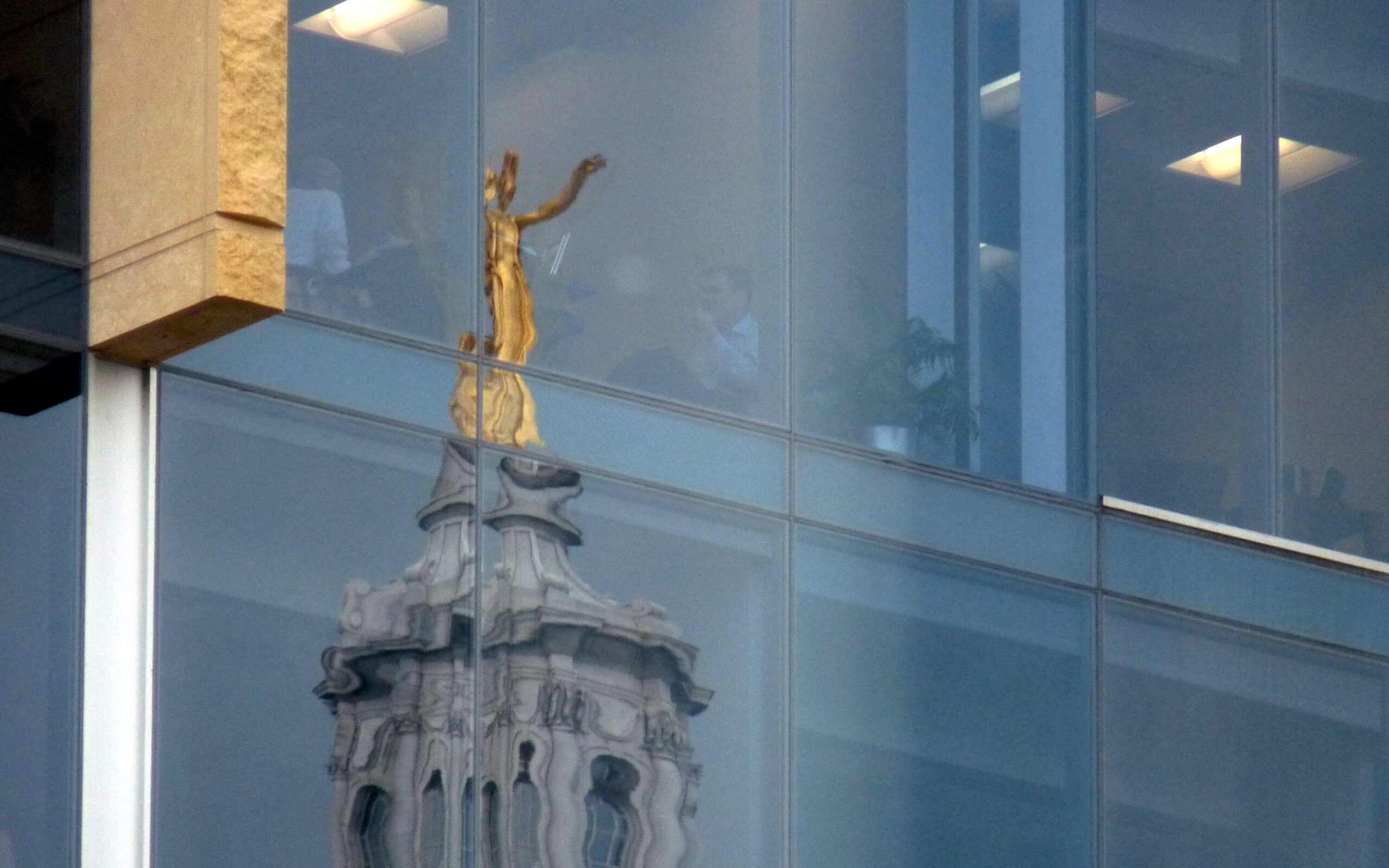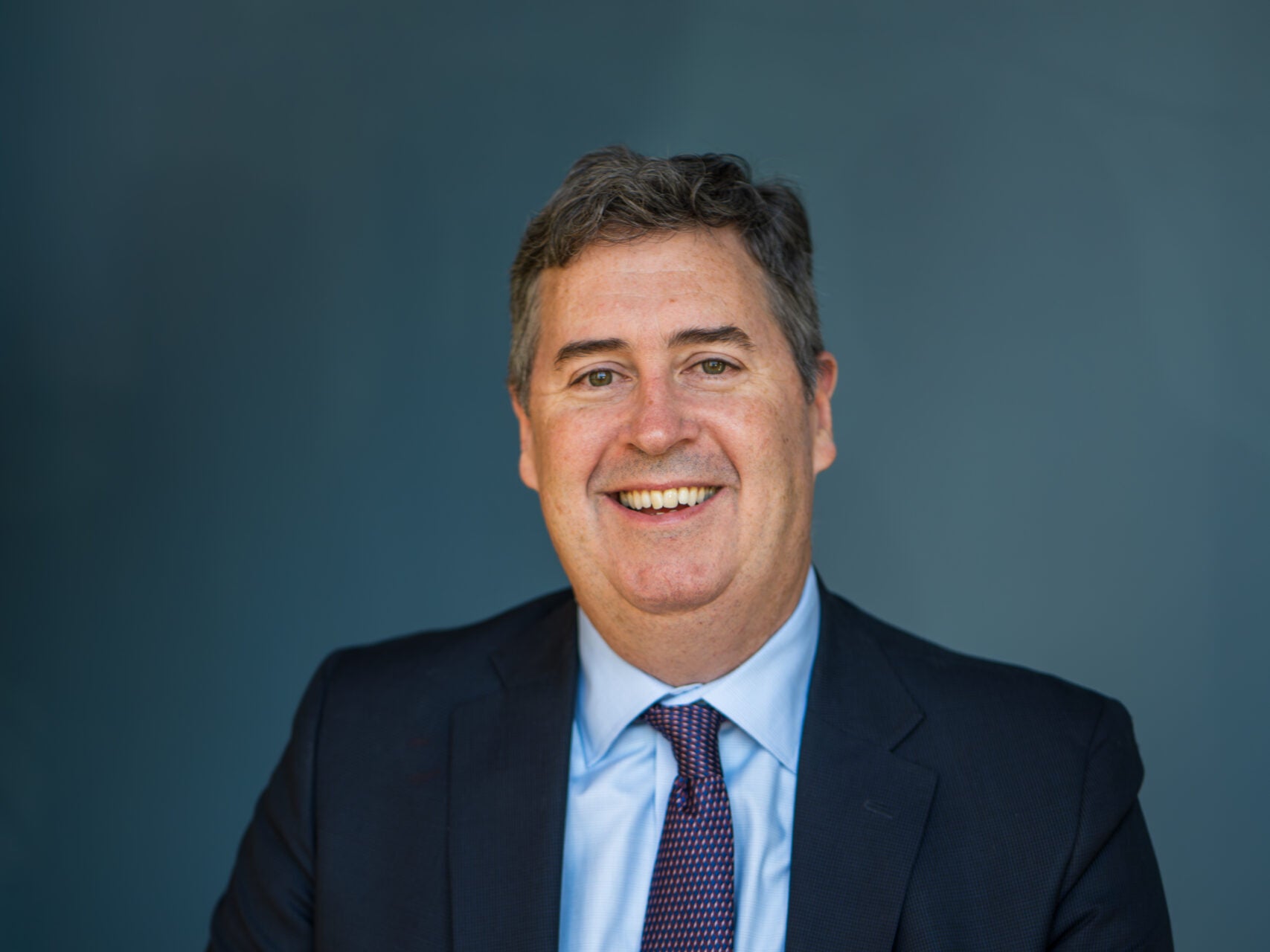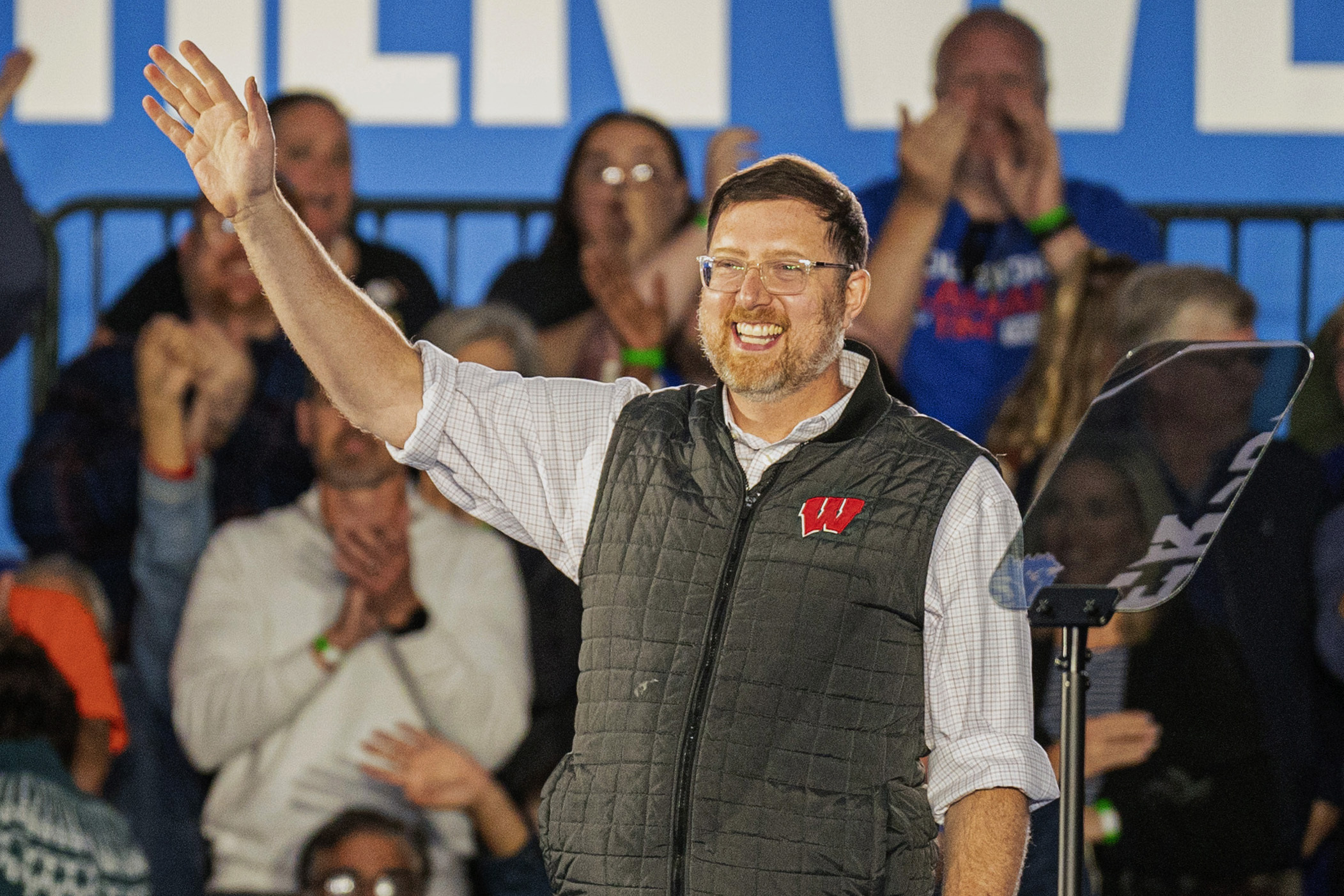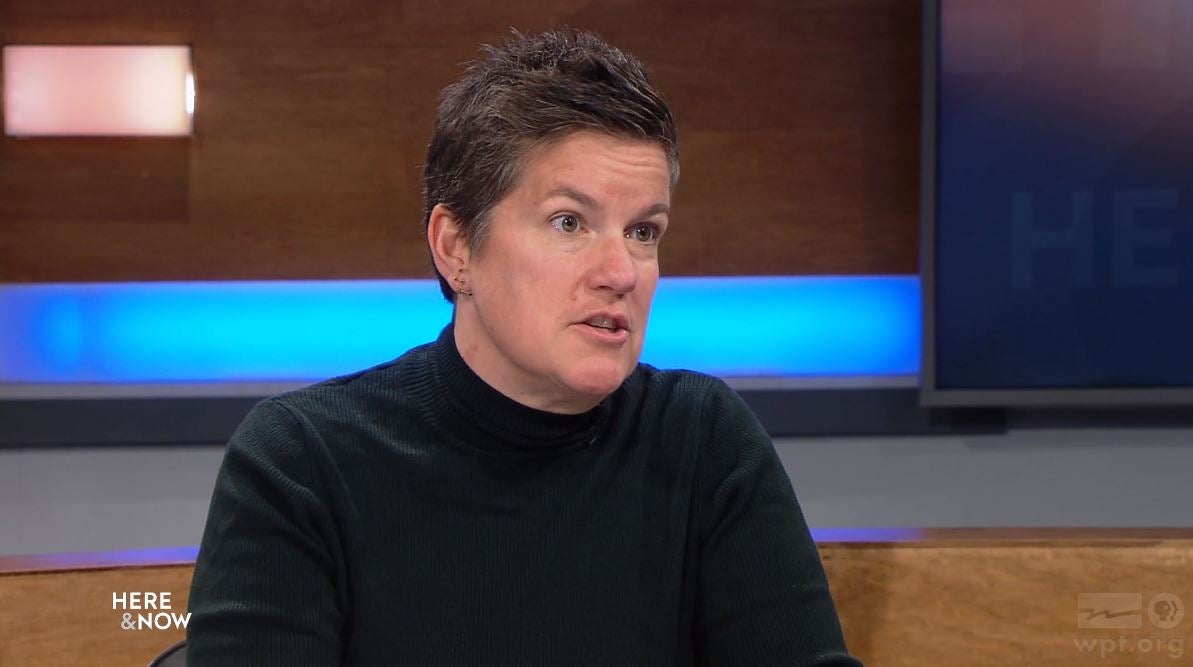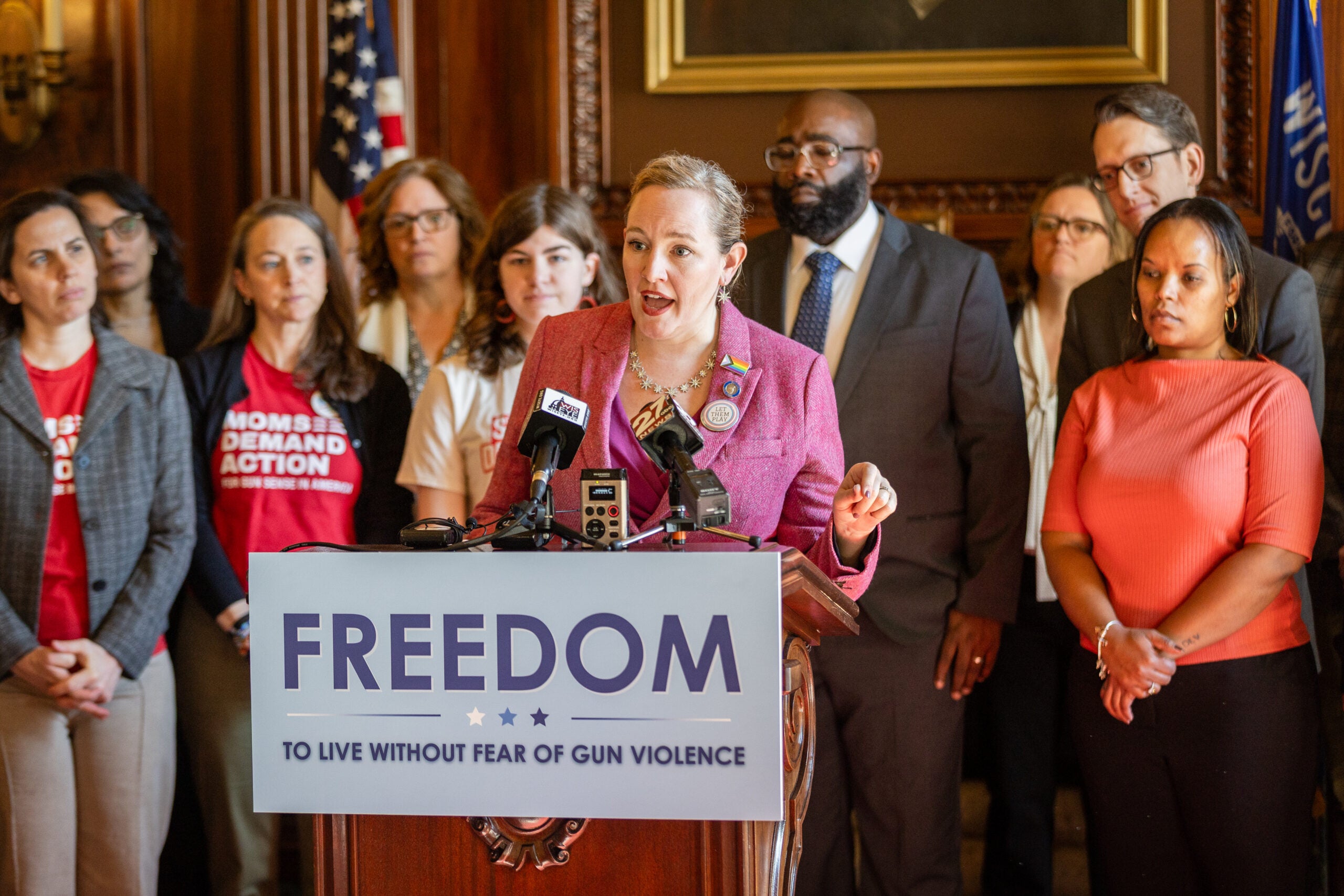Two liberal groups that are using online voting as part of an endorsement process in the race for governor say they’ve narrowed the field of 10 Democratic candidates to four.
The groups Our Wisconsin Revolution and the Wisconsin Working Families Party have been conducting the votes as part of an effort they call “Wisconsin’s Choice.” Wisconsin Working Families Party Director Marina Dimitrijevic said nearly 5,000 people voted online in the last round of balloting.
Those who rose to the top in this latest round of balloting include activist Mike McCabe, statewide firefighter union head Mahlon Mitchell, former Madison state Rep. Kelda Roys, and Alma state Sen. Kathleen Vinehout. Vote totals were not released.
News with a little more humanity
WPR’s “Wisconsin Today” newsletter keeps you connected to the state you love without feeling overwhelmed. No paywall. No agenda. No corporate filter.
Missing the cut were state schools Superintendent Tony Evers, former state party chair Matt Flynn, Milwaukee businessman Andy Gronik, Madison Mayor Paul Soglin, and Eau Claire state Rep. Dana Wachs.
Josh Pade, whose name will appear with the others on Aug. 14 Democratic primary ballots, was not included in the voting.
Dimitrijevic said the plan now is to invite McCabe, Mitchell, Roys and Vinehout to a four-candidate debate before the next round of voting in July.
She said the process gives the groups a chance to push the gubernatorial candidates to the left, especially with the state Democratic Party remaining neutral in the primary.
“It was a wide open opportunity for us to come together in this field and organize,” she said.
The process appears to have gotten the candidates’ attention.
Several have appeared in Wisconsin’s Choice forums around the state, where they’re pressed to articulate specific positions on state government issues.
Candidates have also participated in virtual forums and several of the candidates have taken to social media to ask supporters to vote for them.
Dimitrijevic said her group’s members are looking for candidates who inspire them.
“Generally in these primary elections, it ends up going to whoever is able to raise the most money,” Dimitrijevic said. “And I just don’t think that should be the only indicator of a candidate or campaign’s strengths. We want the primary election to go to the person who best aligns with our values.”
With so many Democrats running for governor, Dimitrijevic said the winner of the primary might only need 15 to 20 percent of the vote, which gives groups like hers a chance to influence the outcome.
She said the Working Families Party aligns closely with Our Wisconsin Revolution, an organization that was formed to continue the ideas of the 2016 Bernie Sanders campaign.
By other measures, different candidates sit at the top of the primary field.
The last Marquette University Law School survey, released in March, showed Evers as the front-runner, although the survey is now three months old and had a high margin of error to begin with.
The Wisconsin Broadcasters Association had planned to hold its own debate with the top four finishers in the most recent Marquette poll. After many Democrats pushed back, it canceled the debate altogether.
Should the Wisconsin’s Choice debate happen, it would also exclude six of the candidates for governor, but Dimitrijevic said she was confident in the process used to winnow the field to McCabe, Mitchell, Roys and Vinehout.
“These four only,” Dimitrijevic said. “What people chose.”
Dimitrijevic said the next round of voting will take place July 16 through 19. If one of the candidates earns more than 50 percent of the vote, they’ll earn the groups’ endorsement.
Wisconsin Public Radio, © Copyright 2025, Board of Regents of the University of Wisconsin System and Wisconsin Educational Communications Board.

